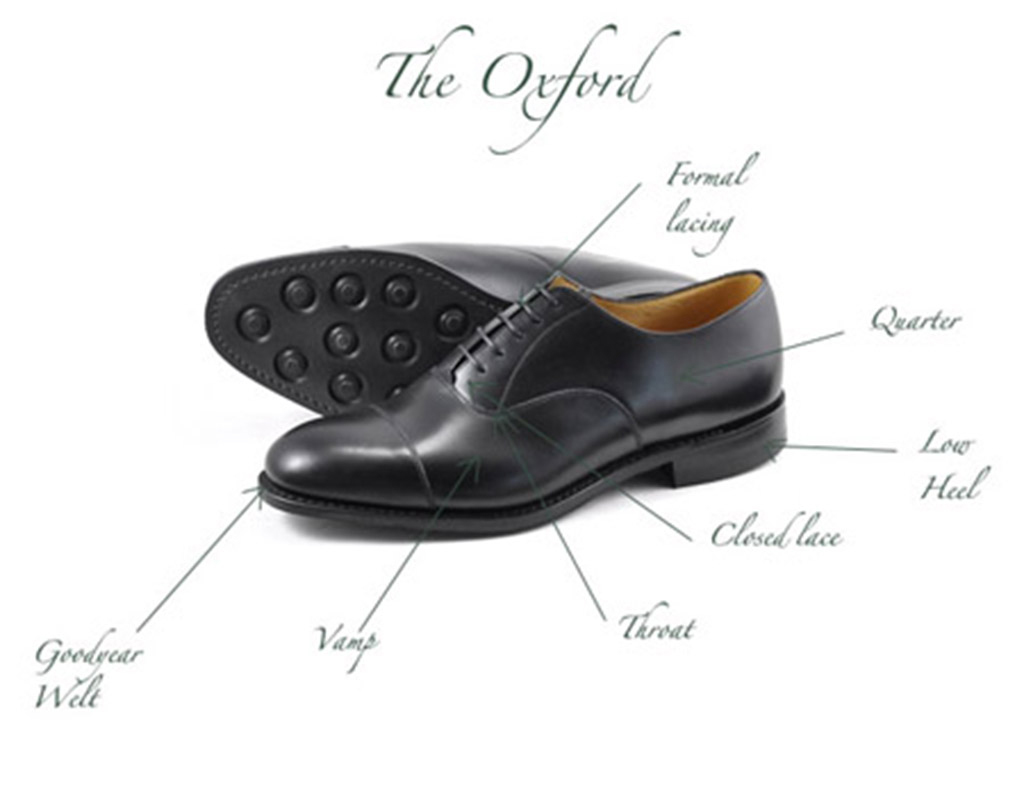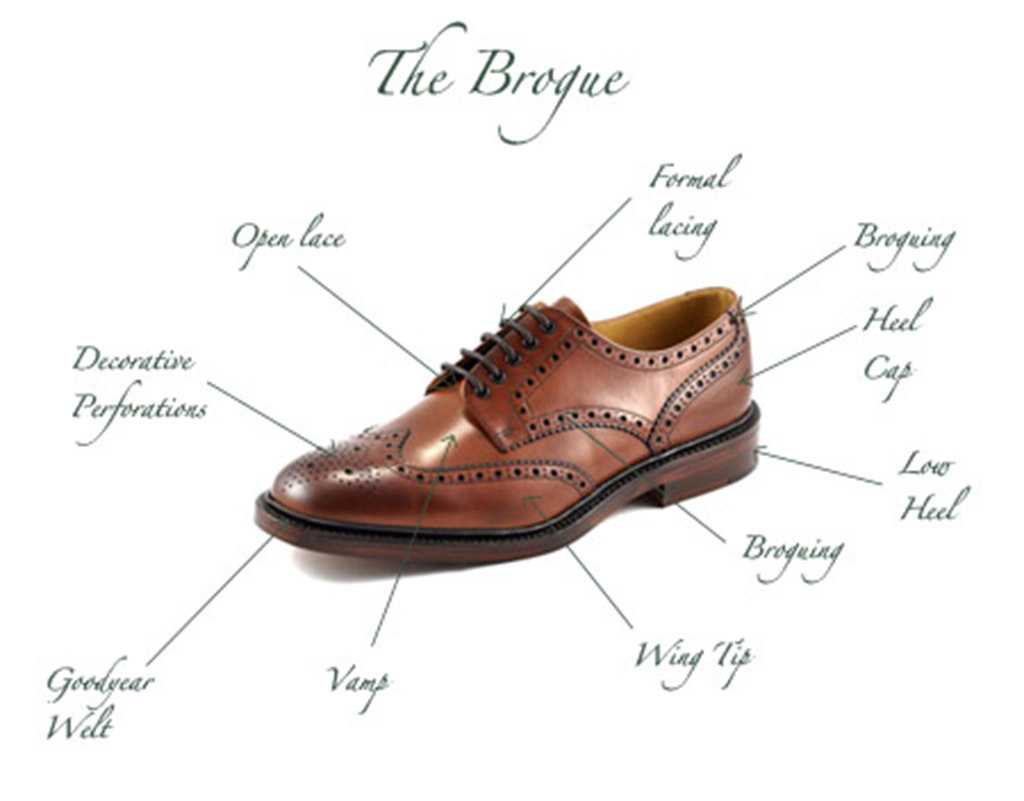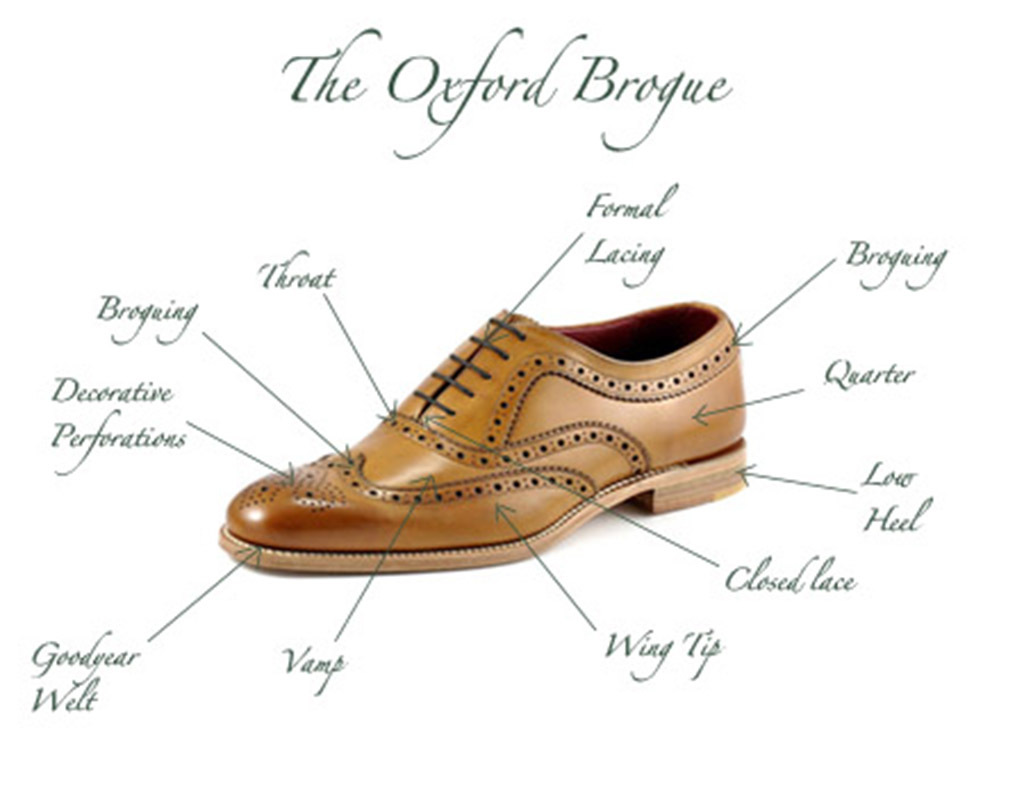Wearing brogues in town… is it a cardinal sin?
Archie Hume of A Hume Country Clothing tackles the thorny question of footwear etiquette.
Recently, on a rare quiet evening at home, I found myself watching the spy spoof film Kingsman with Colin Firth.
It’s an entertaining enough caper. The Kingsmen are a band of exceptionally well-dressed spies headquartered at Saville Row, so I figured, what’s not to enjoy for a man whose bread and butter is dressing gentlemen?
A lot it seems. Mainly owing to the phrase ‘Oxfords, not brogues’; as Colin Firth’s character ruminates over the old school rule that brogues are country shoes unfit for stylish city gents.
Really, is the Duke of Windsor coming for tea? Do they not realise that this point of etiquette was broken long ago by the world’s most stylish men? Plucking at prejudices unleashes a tide of misunderstanding – the online world is clogged with Oxford/brogues misinformation – resulting in perfectly good shoes being cast into the darkest recesses of wardrobes.

Do they even really know the difference? Because it’s not as simple as it may seem.
The plain Oxford is a shoe formed in smooth leather that owes its smart, formal appearance to its closed lace design. The Oxford’s closed lace design is its defining feature.
The main features of the plain Oxford:
– Closed lacing, i.e. the faces with the eyelets are sewn under a seam known as the throat. All Oxfords must have closed laces.
– Smooth leather, either plain or patent.
– Toe cap.
– Plain quarter and no heel cap.

The main features of the brogue:
– Open lacing, the faces with the eyelets are open.
– Decorative perforations on the toe.
– Wing tips, i.e. the piece of leather at the toe is formed in ‘W’-shape with long wings extending towards the heel of the shoe.
– Heel cap.
– Broguing around the seams and on the faces of the shoe.
But here’s the confusing thing, brogues aren’t a style of shoe. The term brogue simply refers to the pattern of decorative perforations – the broguing. There are several types of brogue pattern; full, half, quarter, wingtip to name just a few.

The main point being broguing can be applied to any style of shoe – including the Oxford. That regardless of whether it’s a full Oxford brogue, a half, or quarter Oxford brogue, it’s still an Oxford so long as it retains its defining closed lace design.
Where’s the fun in following the rules?
The hardline ‘Oxfords, not brogues,’ Kingsman statement appears to say that any brogue detail on an Oxford is not at all acceptable to wear with a suit. Which really is a bit hardcore and antiquated.
These days even the most diehard footwear aficionados accept that a quarter brogue Oxford is an acceptable dress shoe. So for goodness, fashion and fun’s sake, take the whole ‘no brogues in town’ thing with a large pinch of salt.
Know the difference between Oxfords and Brogues, what the terms mean, and what the rules might have been. But follow your own rules.
Create your own style. And if you want our advice follow the creed: ‘Oxfords, and brogues.’
TAGS

